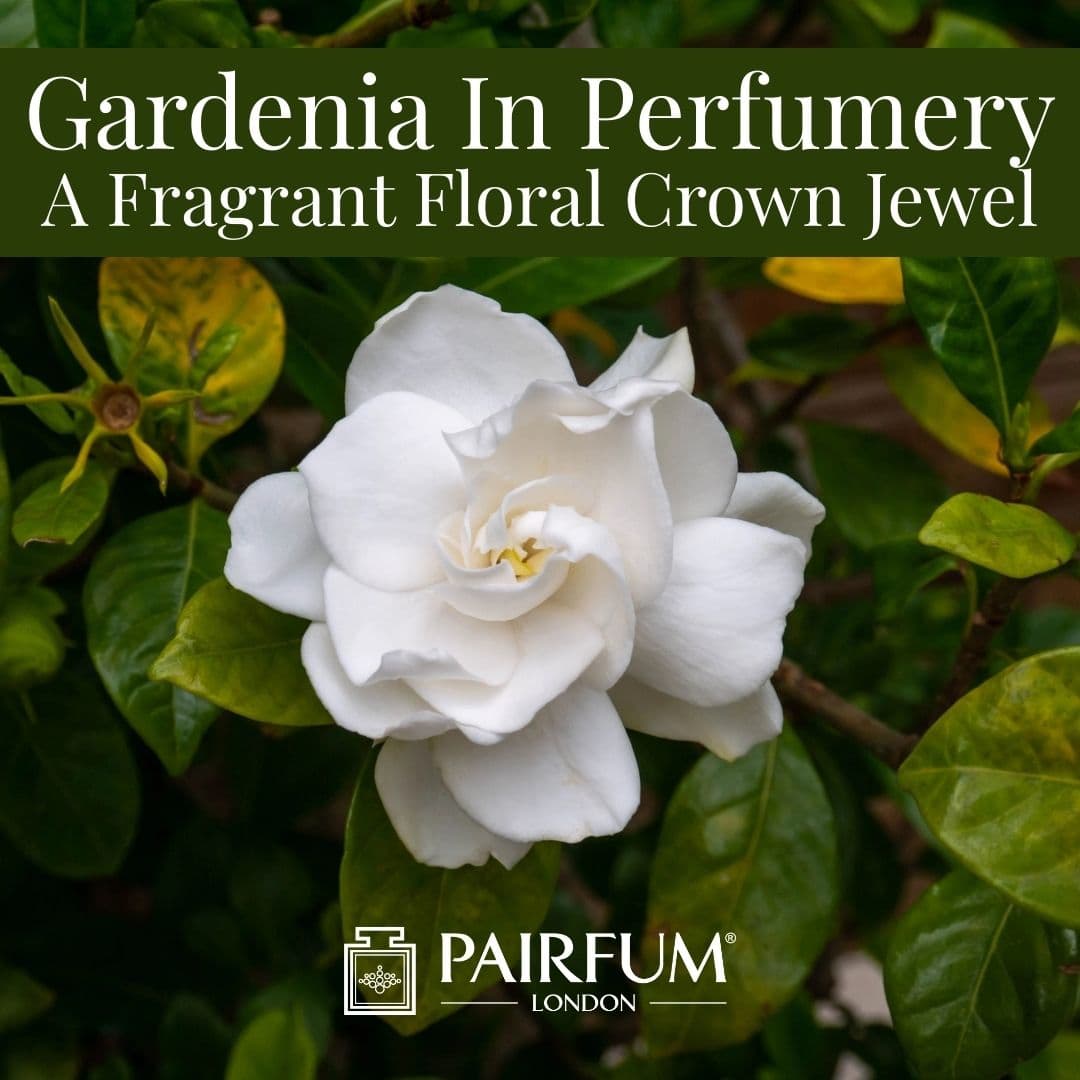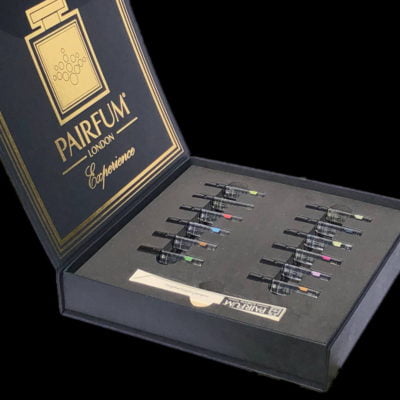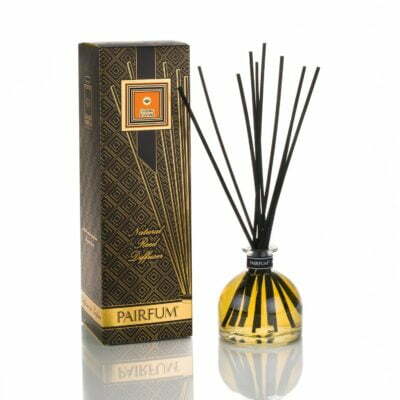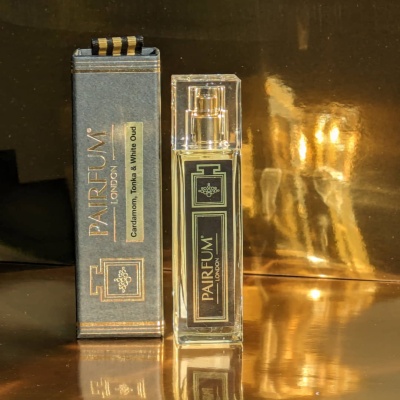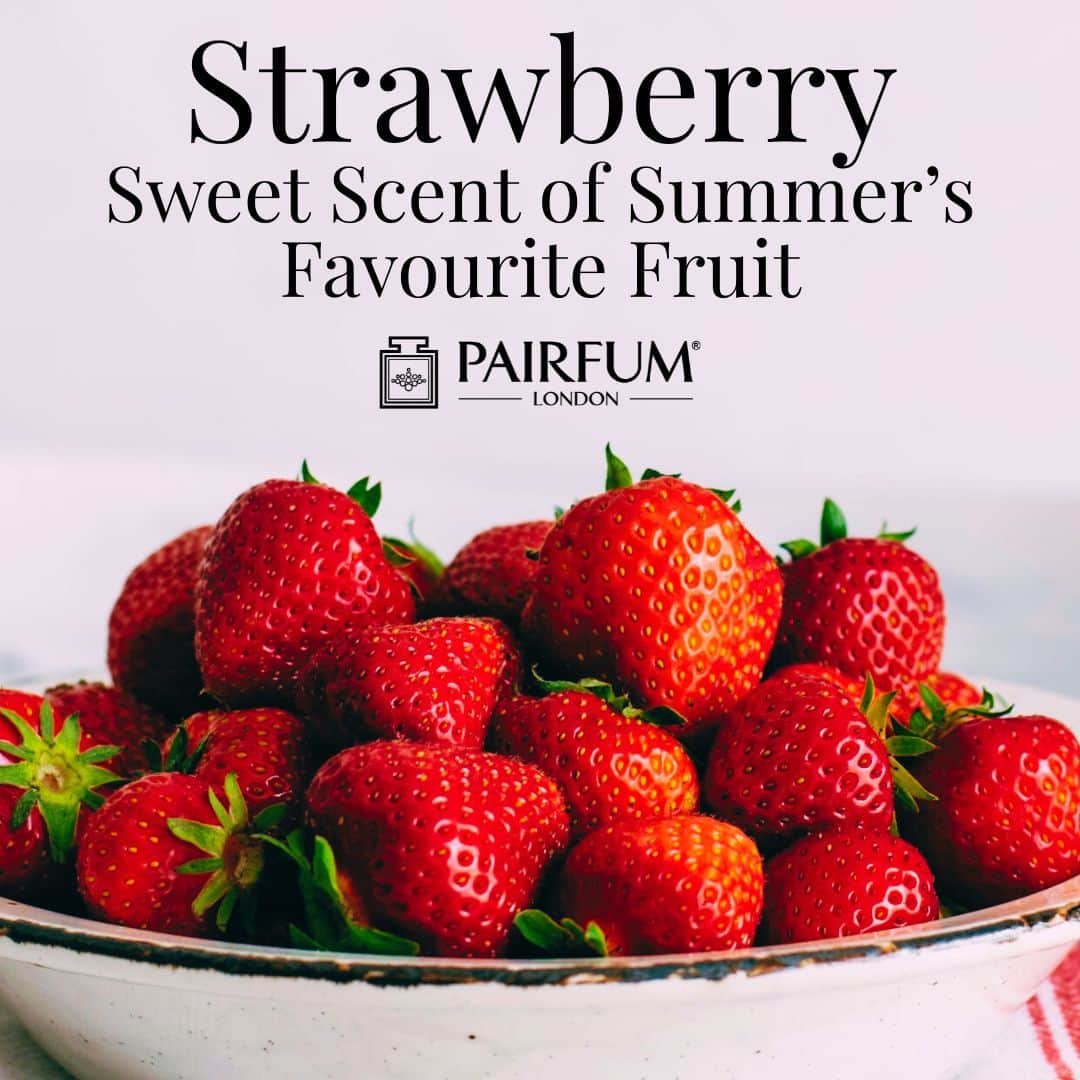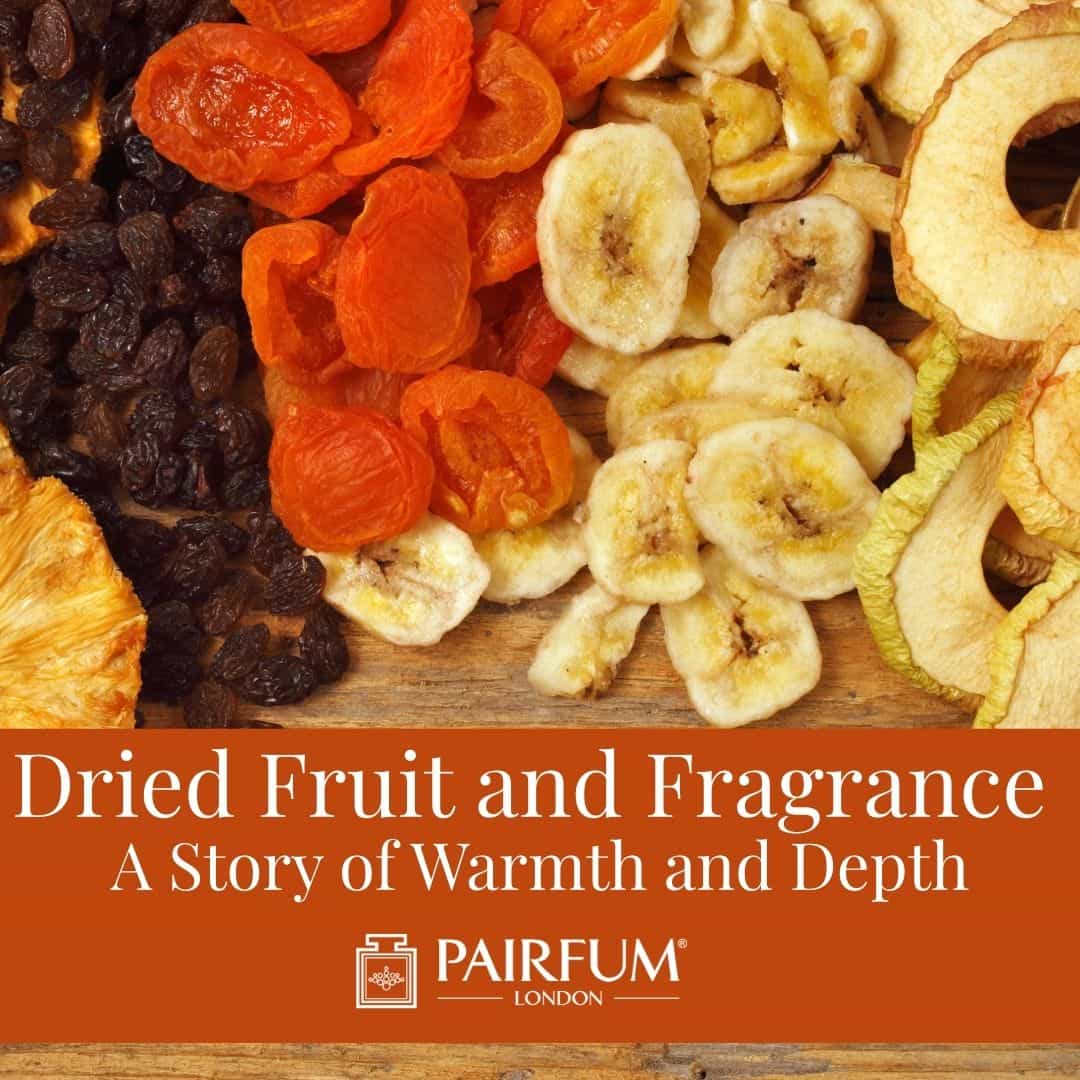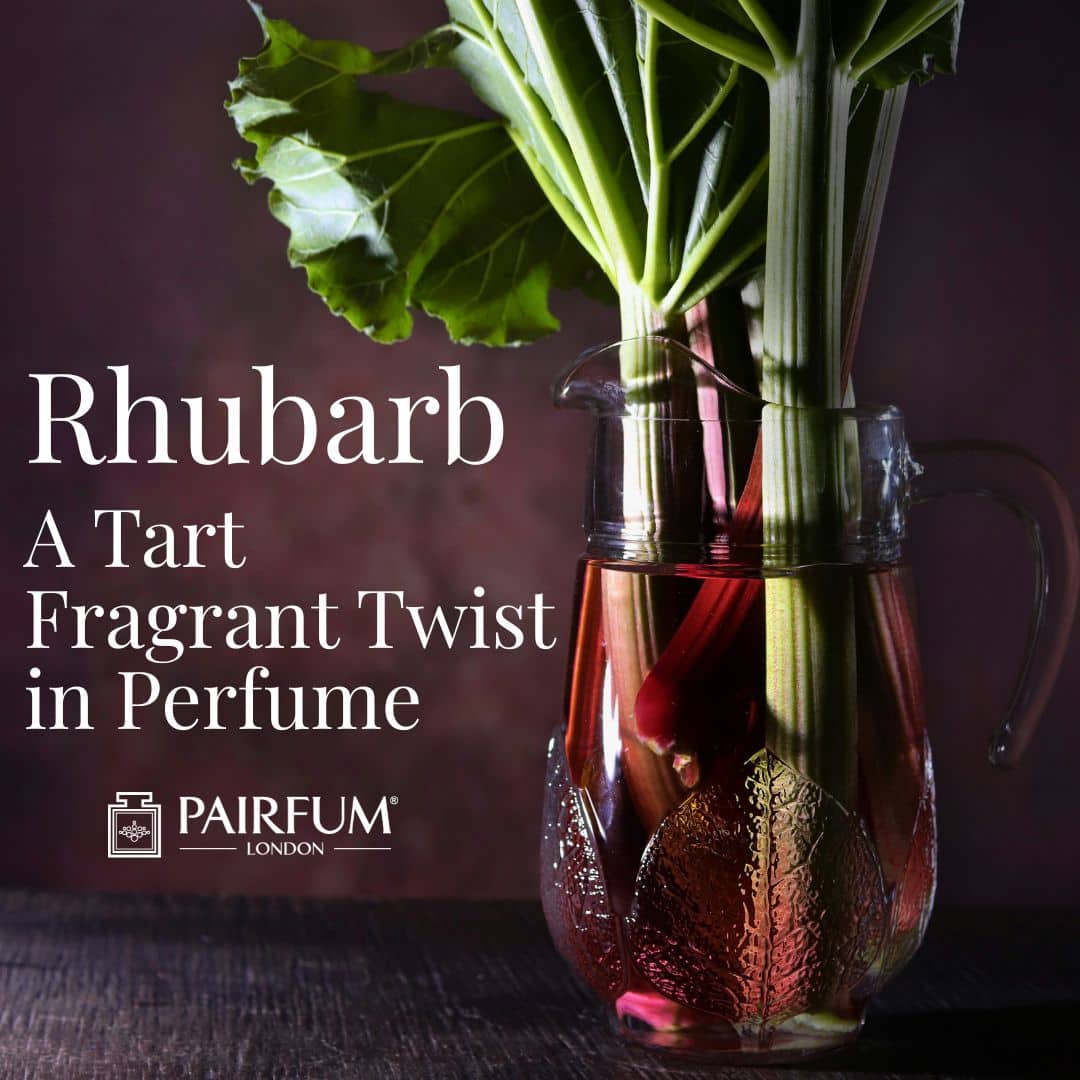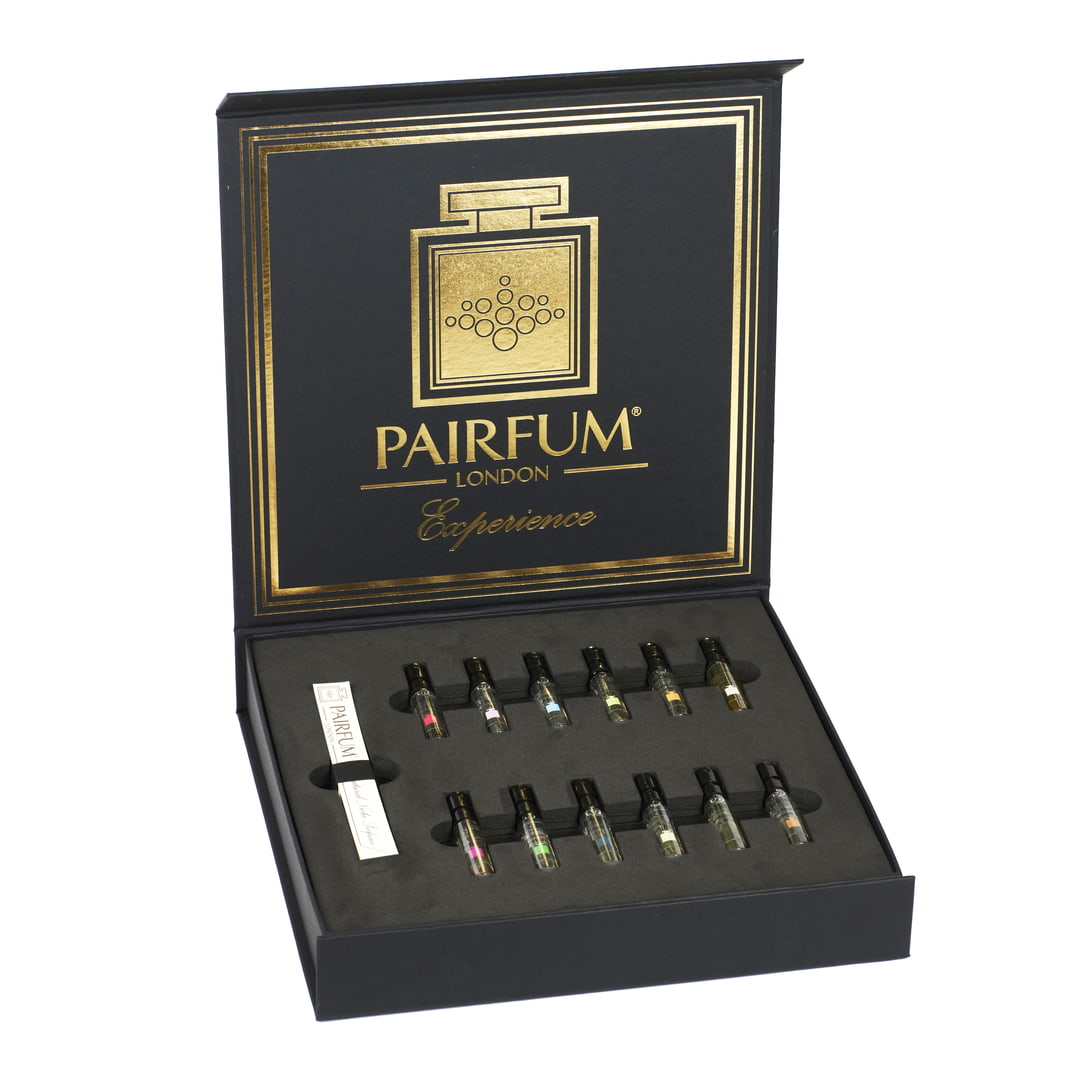The fragrance of gardenia has been admired for centuries, captivating both gardeners and perfumers across the world. Loved for its creamy richness, intoxicating perfume, and timeless white blooms, the gardenia plant is treasured not only for use in fine fragrance but also as one of the most cherished flowering shrubs in gardens and homes. Its glossy green leaves, pristine blossoms, and unique perfume have ensured its place as a crown jewel among ornamental species and an enduring favourite in luxury perfumery.
The gardenia flower embodies contrasts: fresh and radiant yet velvety and sensual, with green undertones that ground its sweetness. This dual nature makes it as desirable for perfumers as it is rewarding for gardeners. Whether growing outdoors in acidic soil, flourishing indoors as a gardenia houseplant, or being gifted as part of hand-tied bouquets, gardenia has lost none of its historical allure.
What Does Gardenia Smell Like?
A blooming gardenia carries one of the most recognisable scents in nature. The fragrant flowers are creamy and lush, with hints of peaches and apples wrapped in soft waxy textures. The perfume of gardenias is often compared to jasmine but is fuller, richer, and creamier, with a faintly green character that recalls freshly crushed leaves.
When the buds open, their perfume fills the evening air with a sweetness that is both comforting and deeply romantic. For this reason, gardenia perfumes have long been considered refined yet sensual, lending themselves equally well to early summer weddings, glamorous evenings, or light everyday wear.
On a molecular level, compounds such as methyl benzoate and linalool give g jasminoides its luminous floral sweetness, while other trace molecules account for its creamy depth. This is why recreating gardenia faithfully in perfumery remains such a prized craft.
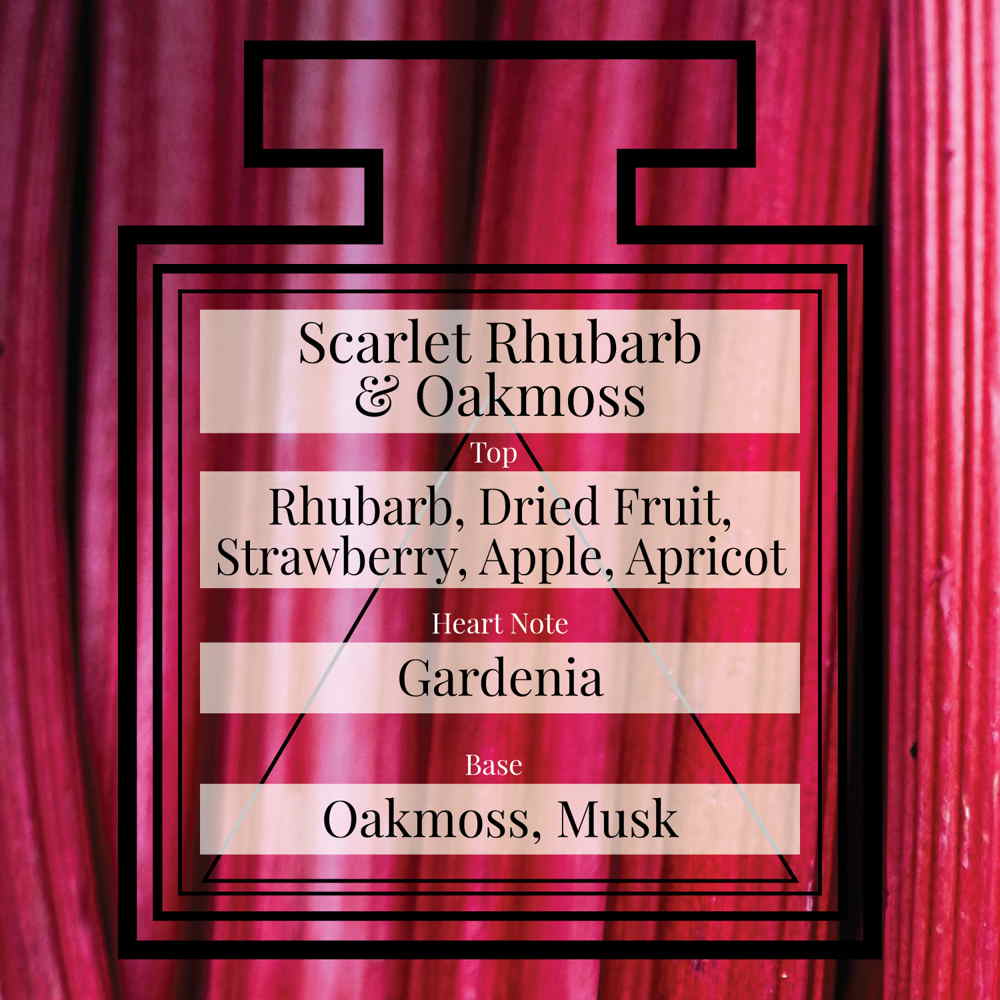
A Seasonal Summary of Gardenia
A useful seasonal summary reveals just how enchanting this species is throughout the year:
- In late spring and early summer, the gardenia bush bursts into its peak flowering season, producing radiant white flowers against a striking backdrop of glossy leaves.
- Through summer, careful watering, feeding, and pruning keep the plant healthy and encourage further bloom.
- In autumn, although flowering slows, the evergreen shrub continues to add structure and foliage interest.
- In winter, it benefits from protection, particularly as houseplants or as a potted gardenia kept indoors.
This cycle connects gardening with perfumery: the very months when gardenias bloom are when they fill both gardens and perfumes with their uplifting presence.
The History and Symbolism of Gardenia
Native to Asia and Africa, gardenia jasminoides has been cultivated for centuries. Remarkably, the flower was named after the Scottish-born naturalist Alexander Garden, who became fascinated with it in the 18th century. His contribution ensured that the gardenia plant was recorded, cultivated, and appreciated in Europe and America.
Since then, gardenias have symbolised purity, love, and refinement. They were popular in Victorian handtied bouquets, celebrated as a floral gift, and even worn as boutonnieres. For many, gifting a potted plant of gardenia is still an offering of devotion.
In traditional Chinese culture, gardenias signified peace and harmony, while in the West they were embraced as glamorous accessories in fashion and music. Jazz singer Billie Holiday’s iconic choice to wear fresh gardenias in her hair remains one of history’s enduring images of elegance.

Gardenia as a Plant
Beyond perfumery, the gardenia is prized horticulturally. An evergreen shrub, it typically reaches one to two metres in height, its dark glossy leaves providing an attractive year-round backdrop to its blooms. Classified as part of the coffee family Rubiaceae, the most treasured species for cultivation is gardenia jasminoides, also known as cape jasmine.
This plant thrives in warm conditions with access to bright yet indirect light. Outdoors, it prefers partial shade, while indoors it is often grown as an indoor gardenia or treasured gardenia houseplant in conservatories.
Because it is slightly demanding, gardeners must take care with soil, watering, and general gardenia care, but the reward of its fragrant flowers makes it one of the most rewarding houseplants you can cultivate.
How to Grow and Care for Gardenia
Skilled florists know that growing gardenia requires attention to its specific needs. Some of the essentials include:
- Soil: Use rich, well-drained acidic soil to mimic its natural habitat. These are truly acid loving plants, so adding ericaceous compost is vital. A balanced potting mix with peat-free compost ensures root health for a potted gardenia.
- Watering: Keep the plant moist but avoid waterlogging. Consistent watering helps prevent yellowing of the leaves and promotes abundant flowering.
- Light: Outdoors, ensure partial shade; indoors, a bright window without direct scorching sun is perfect for an indoor plant.
- Temperature and Humidity: Warm summer days with cooler nights suit the gardenia plant well. Using pebble trays or misting helps raise humidity and protects against spider mites, which can trouble gardenias.
- Feeding: Regular feeding with specialist foods for acid loving plants supports glossy leaves and continued bloom.
- Pruning: To maintain its shape, carefully prune gardenias after flowering. This encourages fresh buds for the next seasonal summary of blooms.
With the right environment, a potted plant or outdoor gardenia bush will reliably delight with its sweet perfume.
Propagating Gardenia
Another rewarding aspect of horticulture is propagating gardenia through cuttings. Semi-ripe cuttings taken in summer and rooted in a moist compost mix offer gardeners the chance to develop new potted plants. For the more enthusiastic, sharing propagated gardenias has become a time-honoured tradition, passing forward both the beauty of the flower and the techniques of cultivation.
Common Challenges in Gardenia Care
Gardening experts caution that gardenias can be temperamental. Yellowing leaves may indicate poor soil nutrition or inconsistent watering, while failure to bloom might be linked to unsuitable light levels or improper potting mix. Another common problem is pest attack, particularly spider mites, which thrive in dry air. Ensuring adequate humidity and watchful care helps protect the plant.
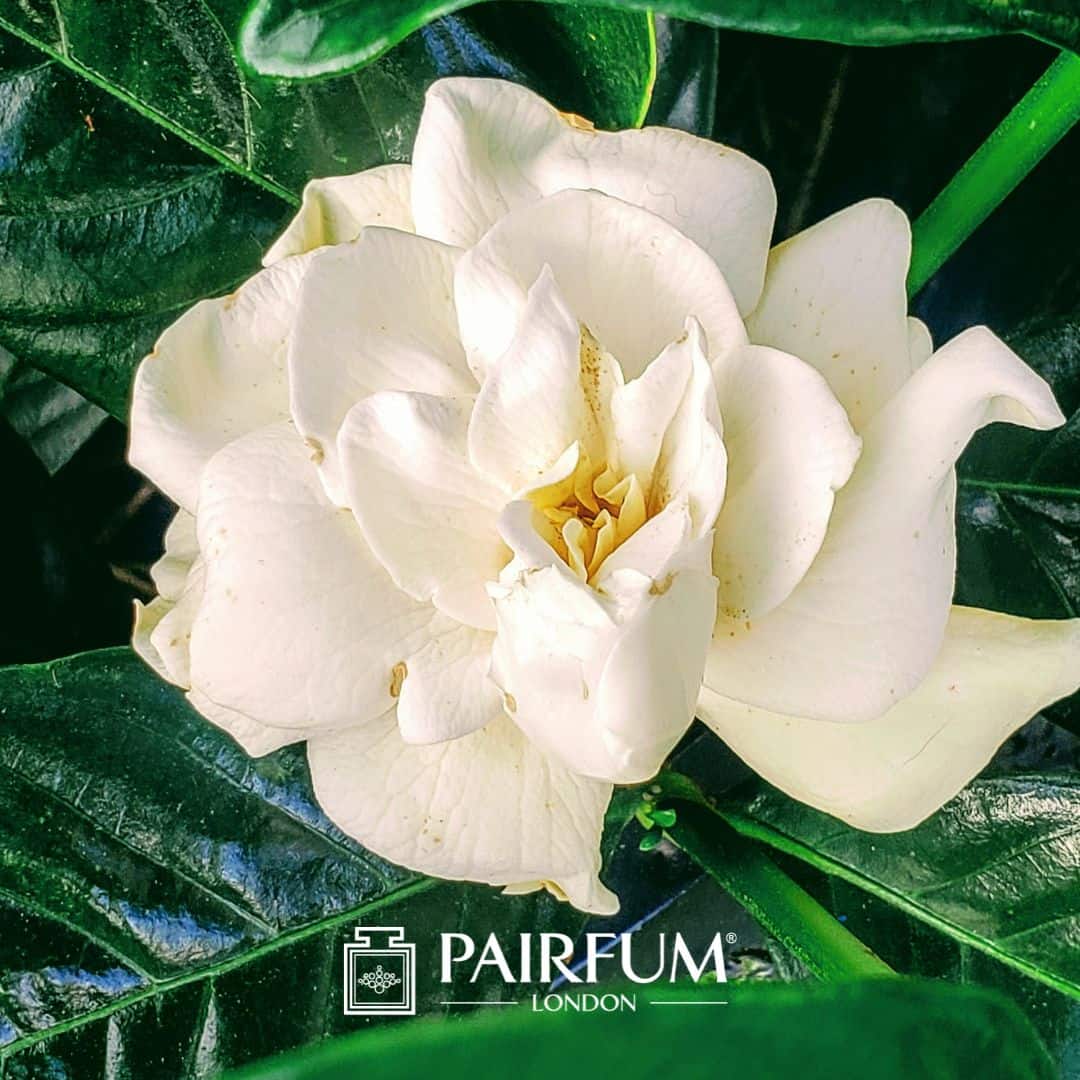
Impact on Cultural and Everyday Life
From being grown as houseplants to offered as a floral gift, the gardenia plant has always transcended gardens. In homes, a potted gardenia offers an elegant living accent, filling rooms with fragrant flowers when given the right care. Florists often select gardenias as handtied bouquets for weddings, anniversaries and celebrations, as their creamy blossoms symbolise love and refinement. In gifting culture, they are sometimes paired with fruit baskets, making them a thoughtful and memorable presentation.
For those fascinated by possible interests in historic botany, remembering that the bloom was once documented and named thanks to Alexander Garden adds another layer of appreciation. For others, their possible interests may lie in crafting perfumes, styling homes with summer flowers, or exploring gardening as a calming pursuit.
Iconic and Modern Perfumery
Within perfumery, gardenia has inspired timeless creations. While jasmine and tuberose shine with their own qualities, cape jasmine continues to enchant perfumers with its creamy sensual heart. Modern fragrances combine gardenias with sparkling citrus, deep woods, or warm vanilla, ensuring that the flower remains both historic and contemporary.
A single gardenia bloom in perfume can evoke nostalgia, while layered gardenias with roses or lilies achieve rich bouquets that feel modern yet timeless. Perfumers value this adaptability, meaning the gardenia will always remain central to the world of fragrance.

Heart of Gardenia with Pairfum London
Ginger, Elemi & Vetiver – Eau de Parfum by Pairfum London
A surprising fusion of spices and freshness, it opens with notes of Bergamot, Grapefruit and hint of Lavender, combined with Ginger, Elemi, Nutmeg & Cinnamon. The heart is Geranium, Rose, Freesia, Gardenia, Jasmin and Orange Blossom, with fruity hints of Coconut and Rasberry. A base of Vetiver, Guaiacwood, Cedar, Amber, Cashmere Musks, Vanilla & Moss supports this note.
Scarlet Rhubarb & Oakmoss – Eau de Parfum by Pairfum London
This bold, floral Chypre fragrance opens with a blend of fresh Tart Rhubarb, Sun-Dried Fruits and Ripe Strawberries. Hints of crisp Apple & Apricot wrap around the warm heart of elegant White Gardenia. The base of Oakmoss and Sensuous Musk provides a rich and lingering dry down.

Conclusion
Whether admired as a gardenia houseplant, cultivated as an outdoor gardenia bush, gifted in handtied bouquets, or celebrated in perfume, the gardenia jasminoides retains its place as one of nature’s great treasures. It calls for thoughtful gardenia care, attentive feeding, correct soil, and regular watering, yet its fragrant flowers reward every effort.
As both a horticultural crown jewel and an icon of fragrance, the gardenia plant bridges the beauty of the natural and the crafted worlds. Its timeless charm makes it one of the most beloved flowering companions across gardens, homes, and perfumes alike.
